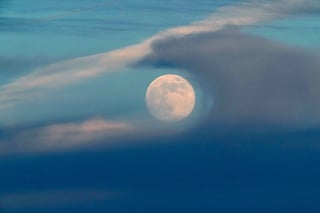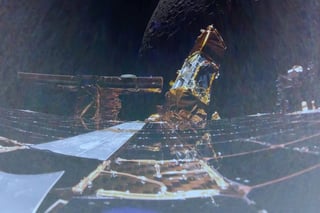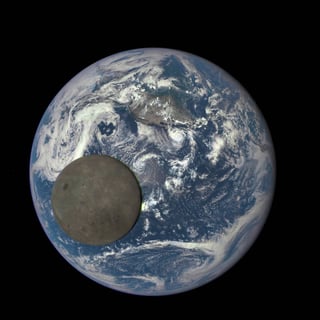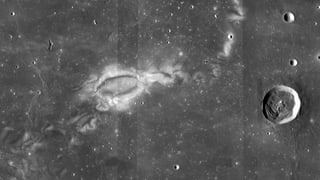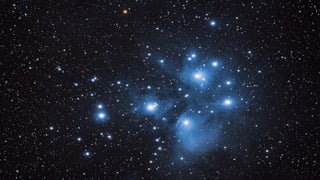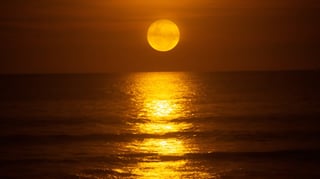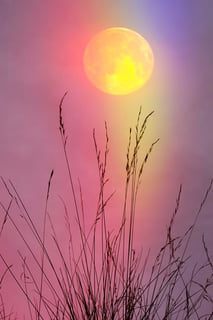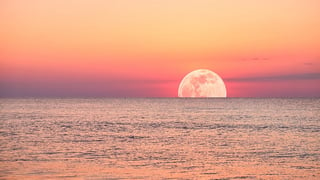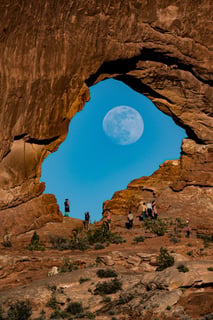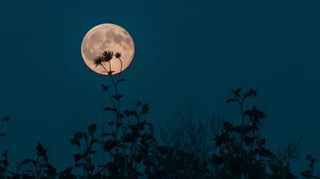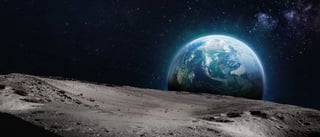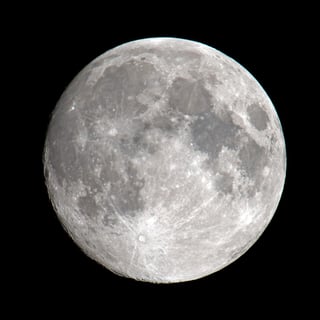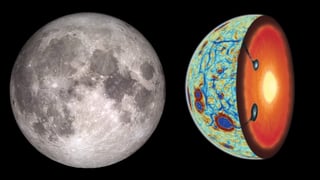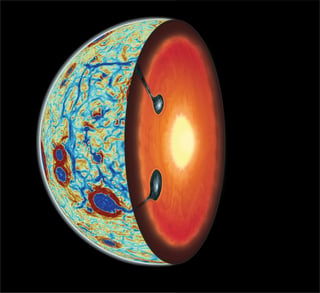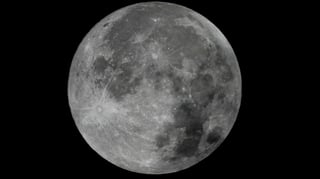Full Moon Moon Phases Lunar Surface Supermoon Moonquakes Orbit Phases Lunar Missions Lunar Swirls Lunar Samples Far Side Lunar Exploration Impact Craters Gravitational Pull Moon's Orbit Pink Moon Blue Moon Formation Lunar Phases Lunar Cycle Strawberry Moon Seismic Activity Rocks Moon Landing Lunar Events Far Side of the Moon Lunar Phenomena Supermoons Minerals Lunar Landings Lunar Resources South Polar Region Orbits Interior Structure Harvest Moon Full Moon Names Lunar Landers Lunar Shadow Moon Formation Water Lunar Anthropocene Surface Waning Moon Names Lunar Eclipses Solar Eclipse Influence Lunar Crust Dust Magnetic Anomalies Reflective Properties Research Moon's Mantle Wolf Moon Spring Moon's Shrinkage Artemis Missions Geologic history Volcanic activity Moon Lander Moon's Shape Moondust Shrinking Moon Lunar Sample Lunar Sample Return Mission Physical Characteristics Exploration Lunar Sample Analysis Magma Deposits Water on Moon Water on the Moon Moon Missions Moon Types February Full Moon Lunar Night Snow Moon Moon's South Pole Moon's Appearance Lunar Calendar First Quarter Moon Lunar Timekeeping Time Coordination Mantle Geology Impact Events Light Reflection Gravitational anomalies Geological history Origin Titanium-Rich Material Gravitational Anomalies Lava Flows Data Analysis Next Full Moon Viewing Origin Story Giordano Bruno Crater Flower Moon Surface Features Lunar Environment
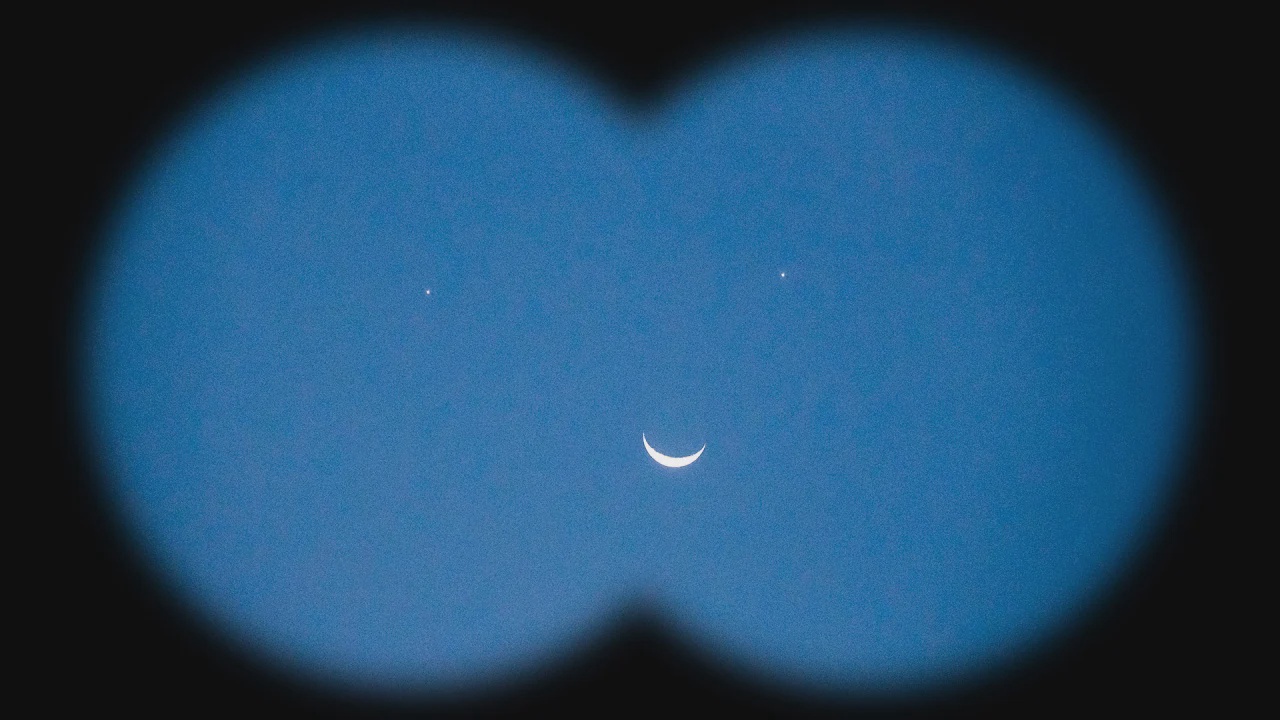
A rare triple conjunction will be visible for about an hour on April 25, offering a fleeting celestial spectacle before sunrise.
